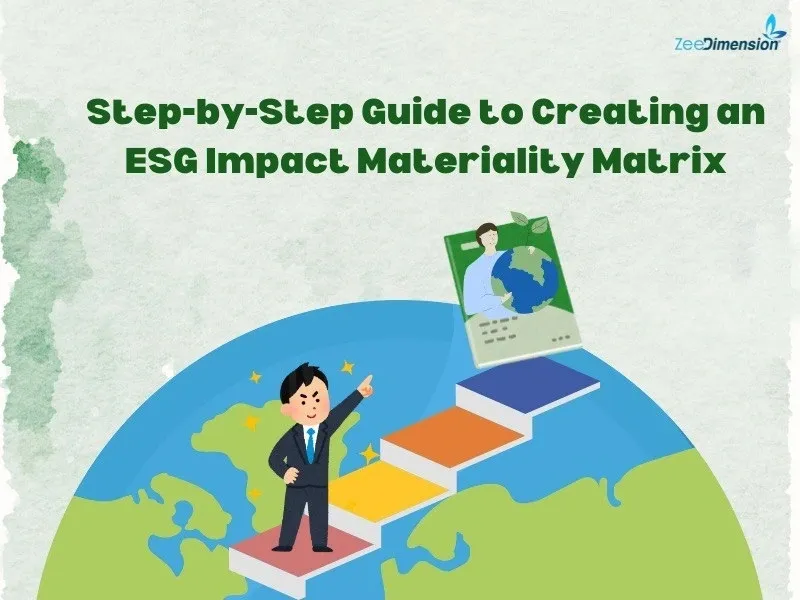
Step 1 – Define Objectives and Scope
Start by defining:
• Purpose: Why are you creating this matrix? (e.g., stakeholder engagement, reporting)
• Scope: Which ESG issues are you focusing on? (e.g., industry-specific topics)
Step 2 – Identify Relevant ESG Issues
Compile a comprehensive list by:
• Researching industry standards (GRI, SASB)
• Benchmarking peers
• Consulting external reports
Step 3 – Engage with Stakeholders
Gather insights by:
• Conducting surveys or interviews with employees, investors, and customers.
• Organizing workshops for deeper discussions.
Tip: Include diverse perspectives for a well-rounded understanding.
Step 4 – Analyze and Score ESG Issues
Evaluate issues based on:
1. Impact on Business Success: Strategic influence and risk.
2. Stakeholder Importance: Level of stakeholder concern.
Assign scores to each issue (e.g., 1-5).
Step 5 – Plot the Matrix
Map the issues on a 2D matrix:
• X-axis: Impact on business.
• Y-axis: Stakeholder importance.
Top-Right Quadrant: High-priority issues to focus on.
Step 6 – Validate and Review
Review the matrix with:
• Senior management
• Key stakeholders
Adjust based on feedback and ensure it reflects real priorities.
Tip: Regularly update the matrix to stay current.
Step 7 – Integrate Insights into Strategy
Use your matrix to:
• Inform strategic planning
• Guide sustainability reporting
• Set operational goals
Example: Prioritize supply chain ethics if it’s highly material.
Step 8 – Communicate Findings
Share key insights with stakeholders through:
• Sustainability reports
• Presentations
• Dedicated ESG updates
Transparency builds trust and shows commitment.
Final Thought
An ESG Impact Materiality Matrix is not just an assessment tool – it’s a strategic asset for aligning business priorities with stakeholder expectations and driving long-term value.







